Background: I'm studying my master at Computer Science and took a course that requires some understanding in electrical engineering. Unfortunately I have a very basic understanding of electrical engineering concepts.
Having said that, I've encountered the following question on electrical impedance with a pretty straightforward solution:
I was basically asked to solve this question once again, but now the dependence between the sensor resistance and the force is not linear but quadratic. Meaning: $$F=R^2$$ Should also be noted that question emphasizes that ranges stay the same, meaning for 1g we have 1 MegaOhm and for 1000g we have 1 KiloOhm.
So I've tried to figure out what changes in terms of calculation when force sensor resistance changes but couldn't come up with anything. Any hints? Thanks!

